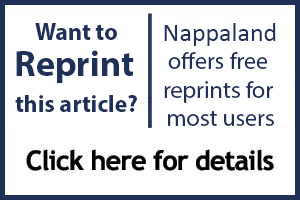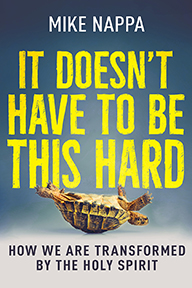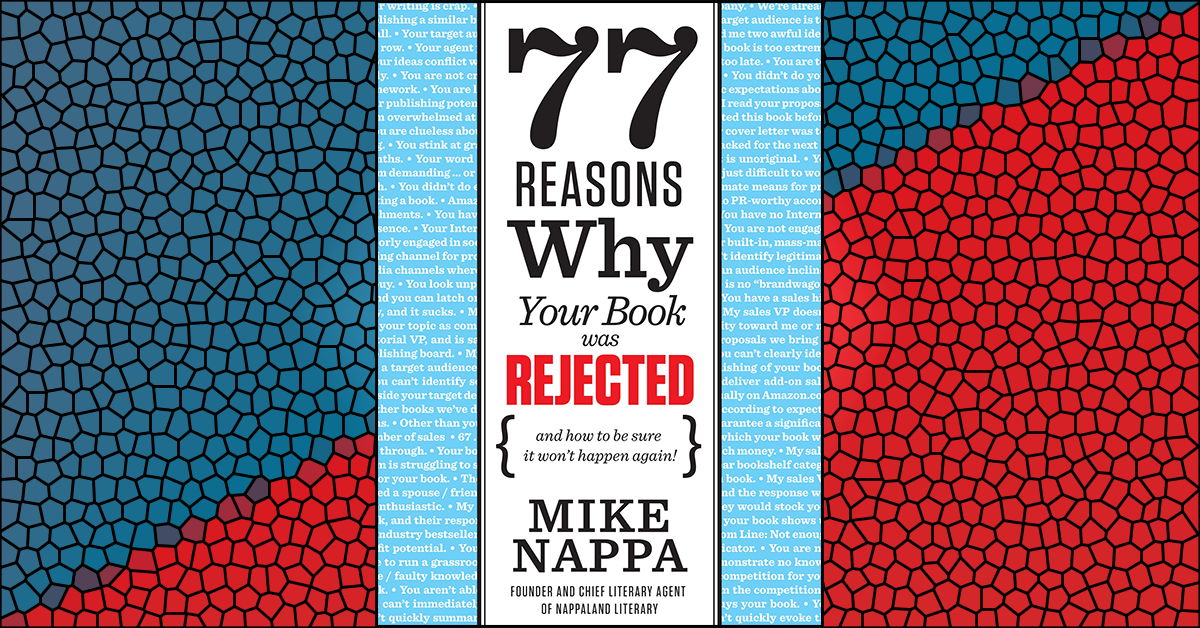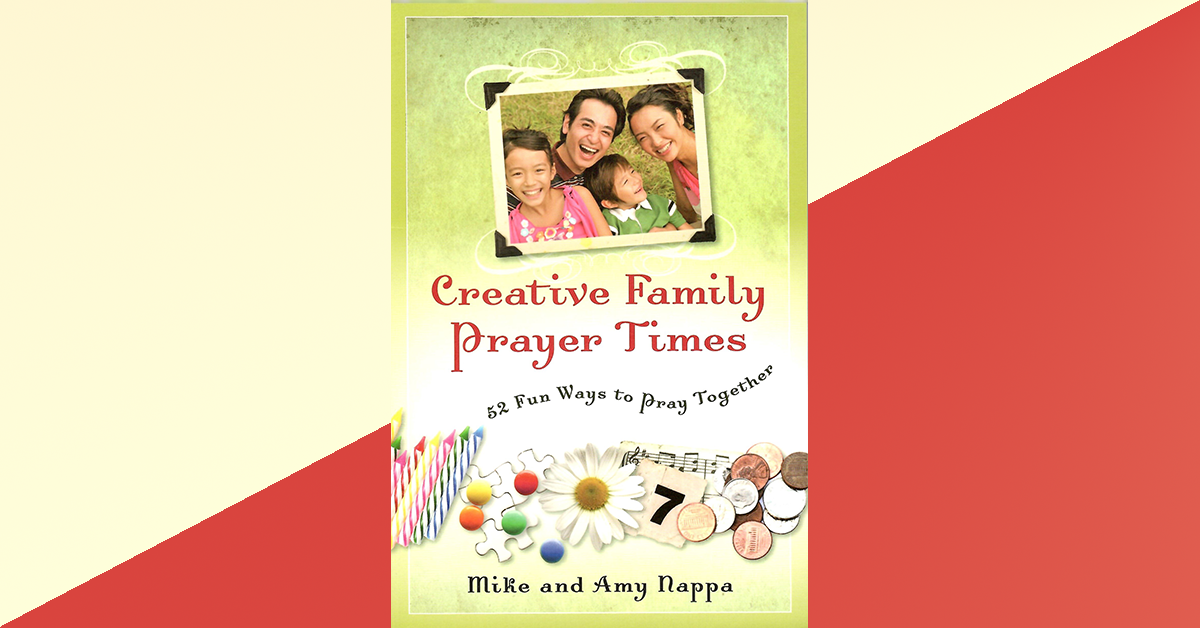A Sales Team reason for rejection
In the summer of 1983, editor Sarah Gillespie of United Features Syndicate eagerly signed then-unknown cartoonist, Bill Watterson, to a development deal for a paltry $1,000. The deal was for Watterson’s quirky little comic strip titled, Calvin & Hobbes.
According to Watterson biographer, Nevin Martell, Gillespie and her editorial VP, Dave Hendin, “were under a great deal of pressure from the corporate executives…to bring in higher profits.” As a stepping-stone toward that profit goal, and “to determine which strips had the most commercial potential, [parent company] Scripps insisted United use focus groups for their untested comic strips.”
And so, Mr. Hendin and Ms. Gillespie dutifully trotted out about a month’s worth of Calvin & Hobbes cartoons and presented them at several focus groups around the country.
The cartoon failed.
Sarah Gillespie was angry, and appealed to the corporate brass to save Watterson’s little creation. But the focus groups’ decision was final. Gillespie was told, “F*ck it, we can’t take everything.” So United Features Syndicate sent Bill Watterson a rejection for Calvin & Hobbes.
Almost two years later, Lee Salem at Universal Press Syndicate handed Bill Watterson a contract for his comic strip about a boy and his tiger. The success was immediate and long-lasting. In fact, the first book collection of those strips sold over 1 million copies—and every Calvin & Hobbes collection after that did the same.
If, like Nevin Martell, you were to ask Sarah Gillespie to explain her company’s astonishingly bad decision-making in regard to Bill Watterson, she’d shake her head ruefully and say, “United didn’t take Calvin & Hobbes because a couple of housewives in Connecticut said, ‘It’s OK, but we don’t get it.’”
The lesson for us today, kids?
If it can happen to Bill Watterson, it can happen to you.
What You Can Do About It
1. Be sure your book includes obvious appeal for your target demographic.
This is covered in more depth in Reasons 5-8 earlier in this book, and also in Reason #59, so if you’re unsure what I’m talking about here then go back and re-read those sections.
The main idea here is to write in such as way that you can be supremely confident your work actually appeals to your target audience. Then, when a focus group made up of people from your target audience is assembled, your book will have instant appeal that powers it on to publication.
2. Hold your own focus group.
Here’s a newsflash for you: Publishers don’t hold a copyright on focus grouping. In fact, all you really need to pull one off is a place to meet, a few polite munchables (like pastries and coffee) and six to 10 people who fit your target demographic and who are willing to give their opinions on your book. Presto! You’ve got a focus group.
If you think your book might be susceptible to negative focus group comments (or even if you just want to get a better sense of how your book will be received by the general reader), go ahead and hold your own focus group right where you live. It’ll be best if you leave your closest friends and family out of this focus group, but a cousin you only see on holidays? Sure, include her. A co-worker at your spouse’s workplace? Why not?
Strip away any author byline (so people won’t know they’re criticizing you), compile a list of relevant questions (use this book to spark ideas), and make it happen. Afterward, address any concerns that came up, so the next time your book is focus grouped, it’ll be ready. You may even consider highlighting positive results from your private focus group in your book’s proposal, just to let the sales team know you’ve been doing their homework for them.
3. Research before you write.
Many “back end” problems in a manuscript are preventable with “front end” considerations. This is difficult for many writers, though. We’ve been trained to write first, seek opinions later. But—and I speak from experience here—you can avoid many problems by getting as much information up front as possible.
For awhile, I was assigned to edit a line of curriculum for children. My first efforts were, well, not great. So my supervisor wisely instituted a new job requirement for me: At least once a month I had to sit in, all day, with a 5th grade class at a local public school. I resented the assignment, but I wanted to keep my job so I did it for many months. Surprise—by the time I was done, I’d become almost an expert on what worked and didn’t work in a 5th grade classroom. Editing became easier, and my product line became better—actually winning an award and becoming one of the company’s bestselling curriculum lines of all time.
So take the lesson here: Invest time up front studying your audience and researching your content. Then, if you are subjected to a focus group’s evaluation, you’ll likely pass with flying colors.
Looking for more? Check out these links:











